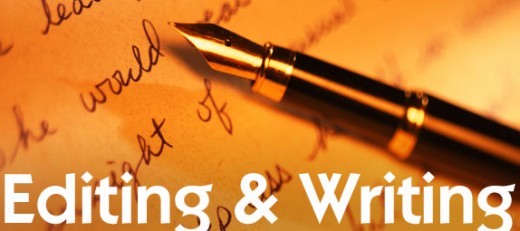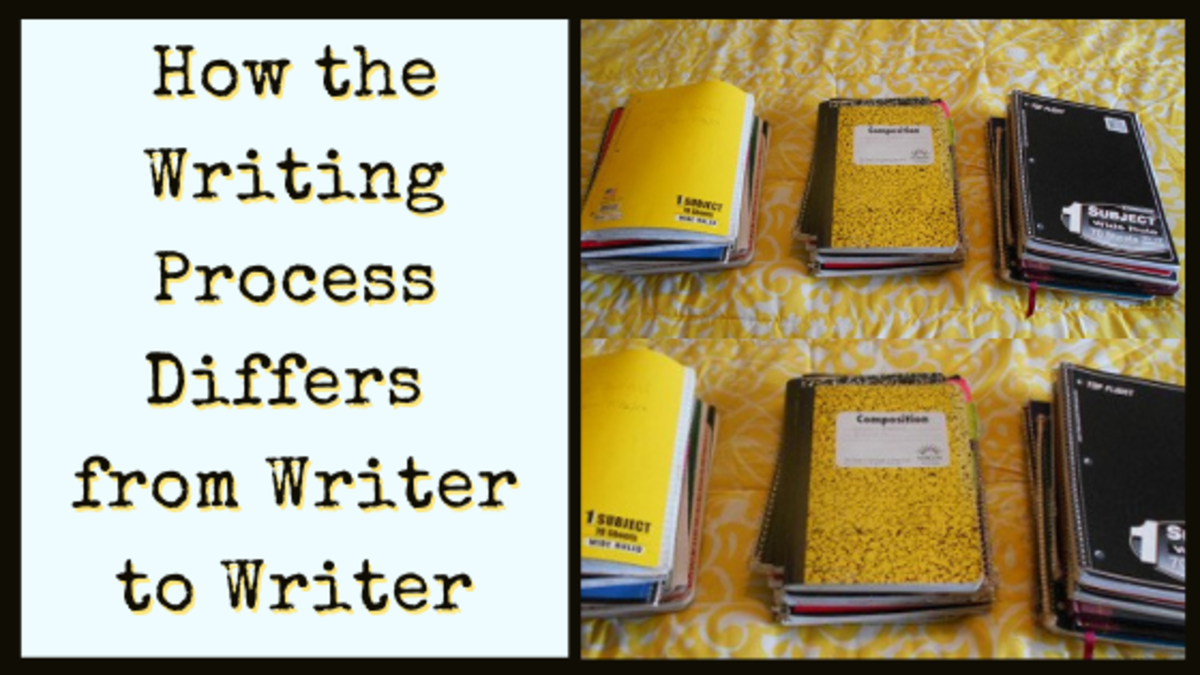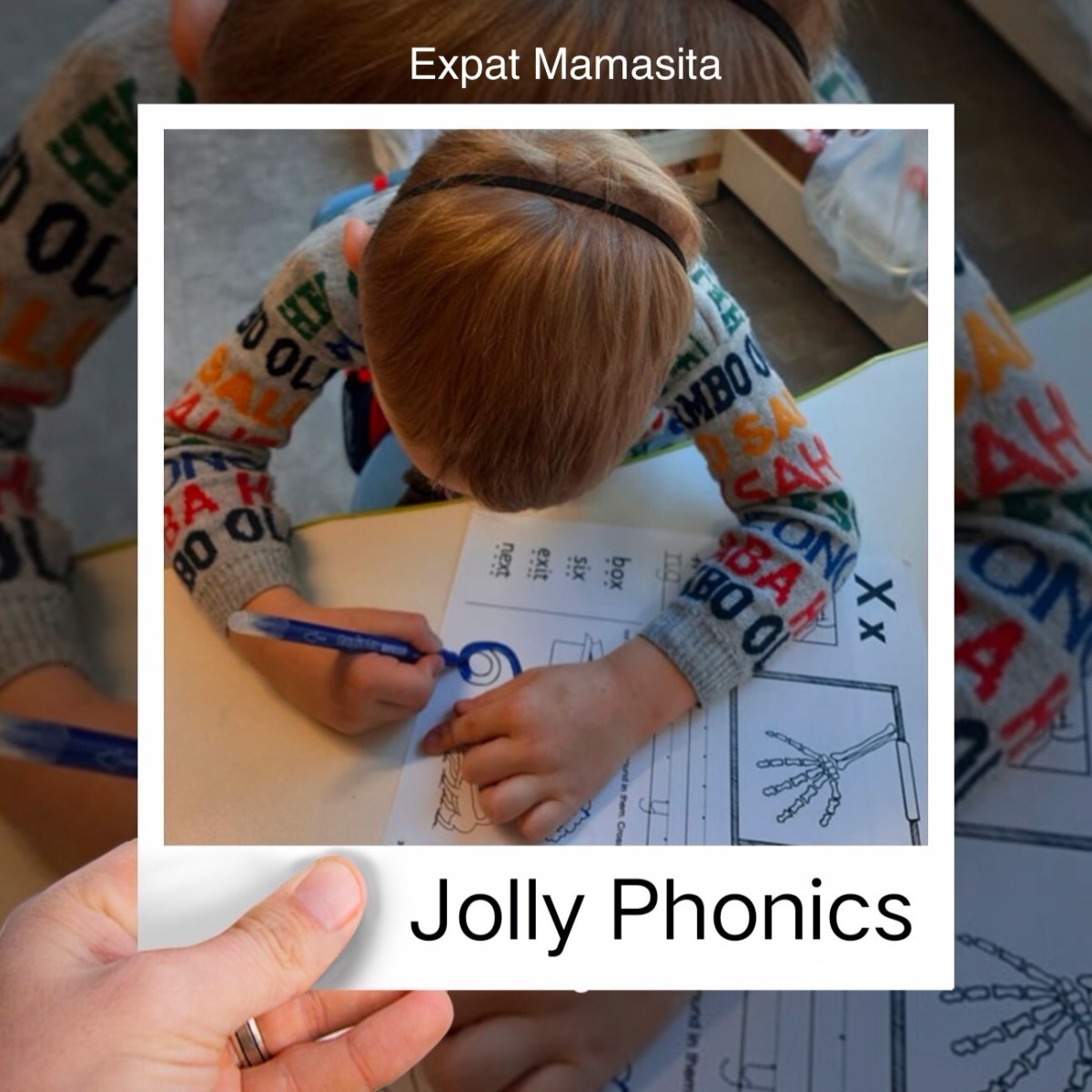How to Teach Editing: The Fifth Step in the Writing Process

What is Editing?
If one views revision as the step in the Writing Process in which the writer clarifies his or her intended message, the editing step is to ensure that the reader can understand that message. The editing step is solely for issues with conventions and mechanics. Students should go through and fix errors with capitalization, word usage, grammar, spelling, and punctuation. They should follow standards of written English so that the readers will be able to understand their piece.
Teaching Editing
During the editing step, it is helpful to do mini-lessons on different aspects of grammar . Because grammar isn’t explicitly taught in schools as it used to be, it is important to expose it to students in a way that is authentic. Having them learn about a specific rule and then work to identify it in their piece is helpful for them to see the reason for learning that rule. We all know that not every error will be caught, but this step will help to eliminate many of them.
Just as I do with the revisions, it is important to do individual and peer editing. Getting as many sets of eyes on the writing as possible is only going to help the writer get the best product in the end, so I ensure I incorporate as much peer revision and editing as possible. With peer editing, I encourage the peers to identify but not fix the errors so that the writer needs to figure it out themselves.
With any of the editing, I tell my students to read the essay from beginning to end to identify any errors, but to also read each sentence from the end to the beginning. Reading the essay backwards slows the editor down, allowing him or her to focus on the sentence at hand and how structurally sound and grammatically correct it is. This is especially helpful for the individual edit, in which the writer is actually editing his or her own piece; after so much time with the piece, the writer has a tendency to read what they think it says as they read and ultimately overlook many errors. Going backwards ruins that flow and each sentence can be read on its own for what it is.









